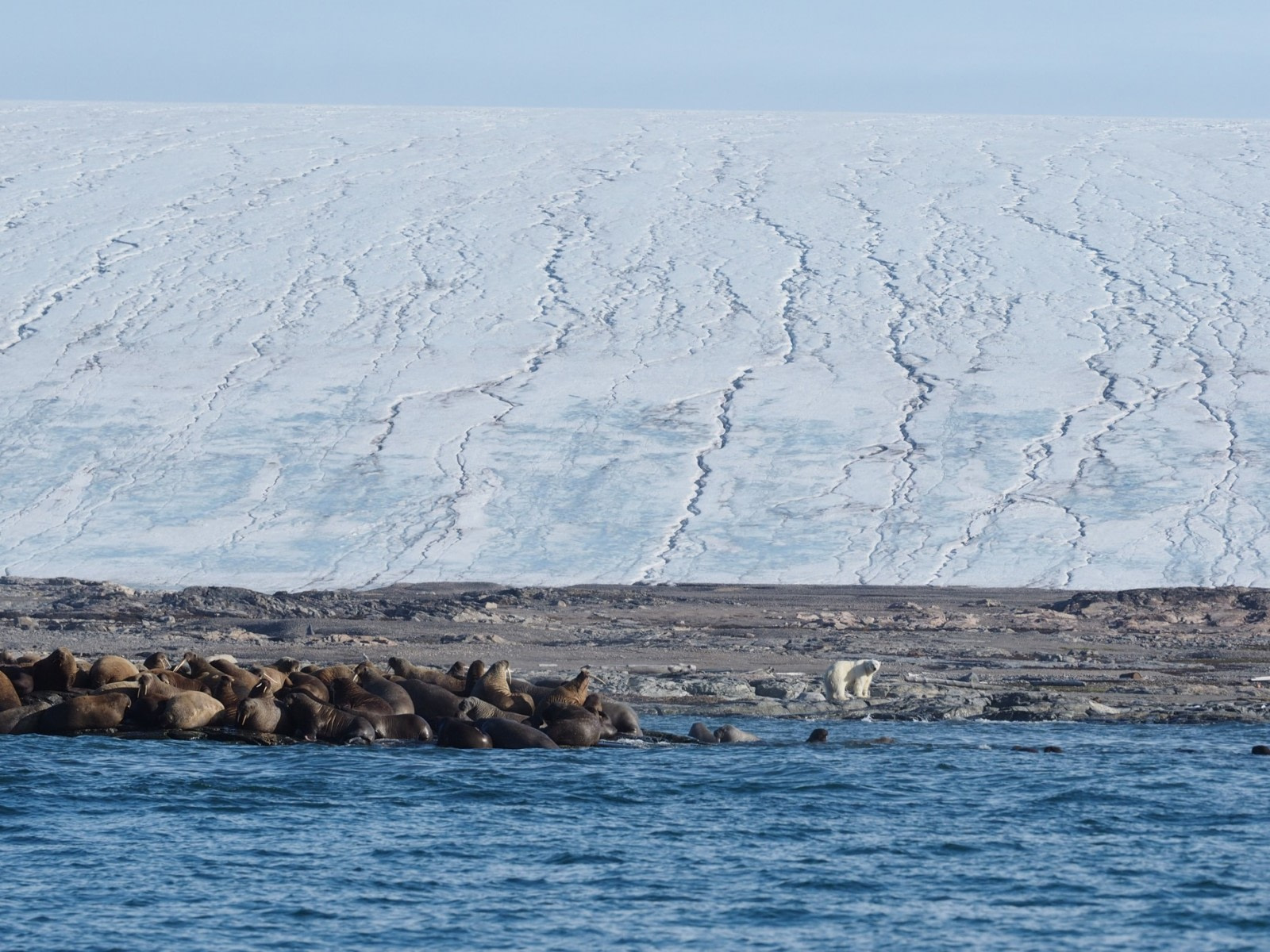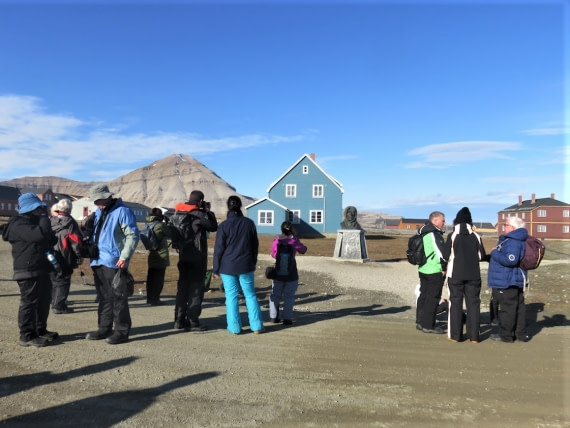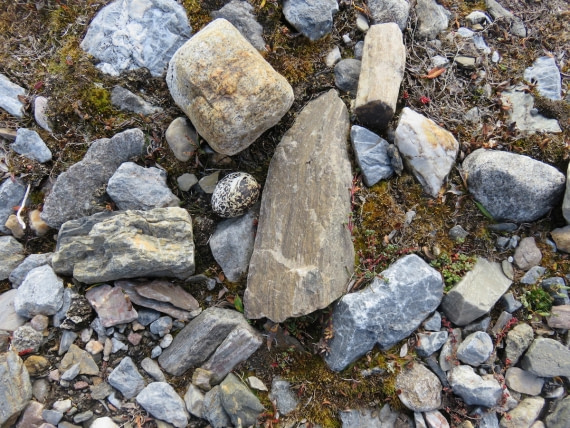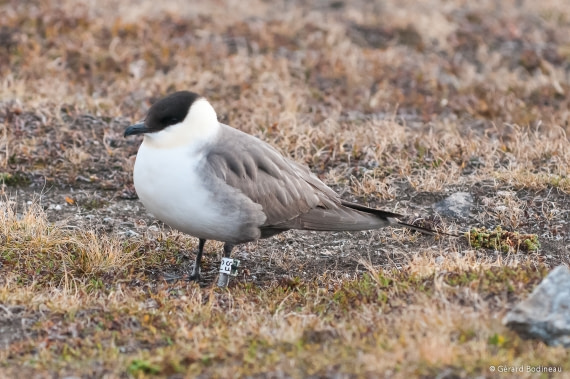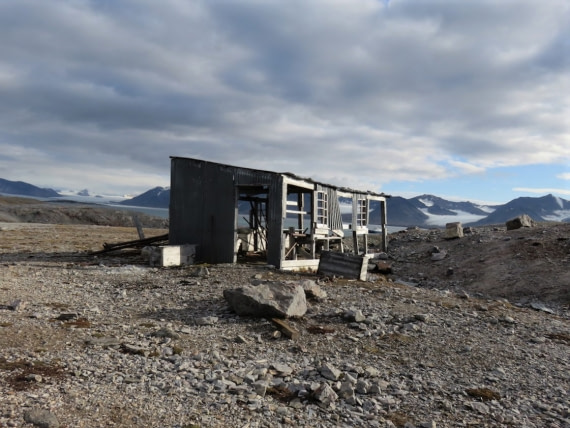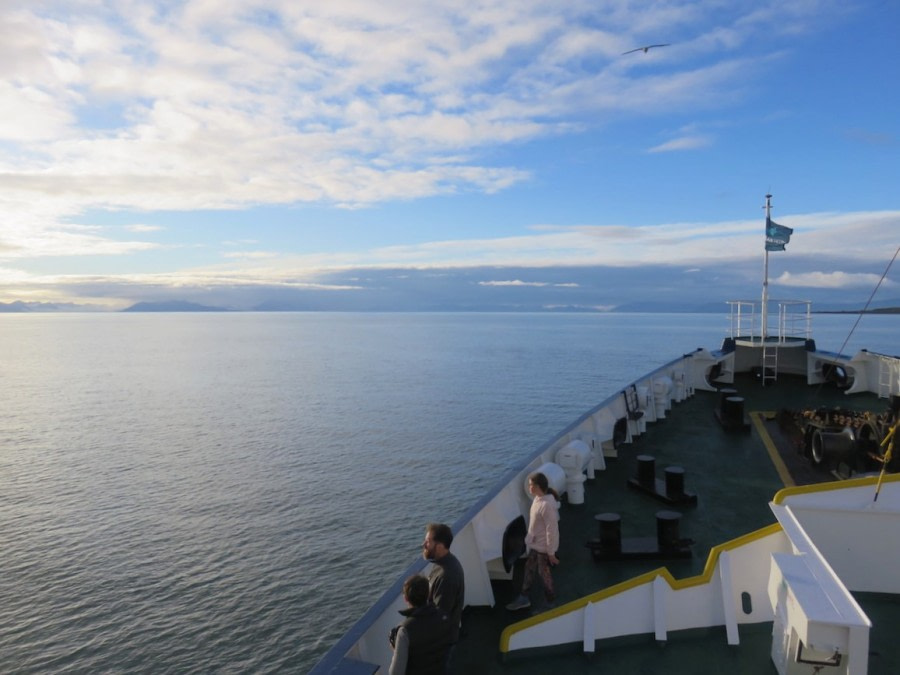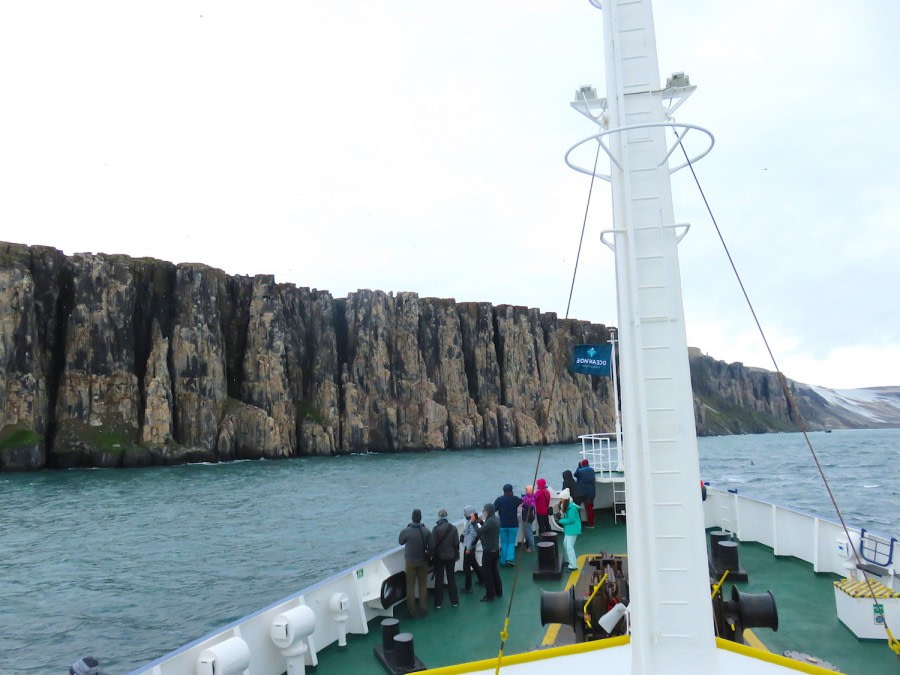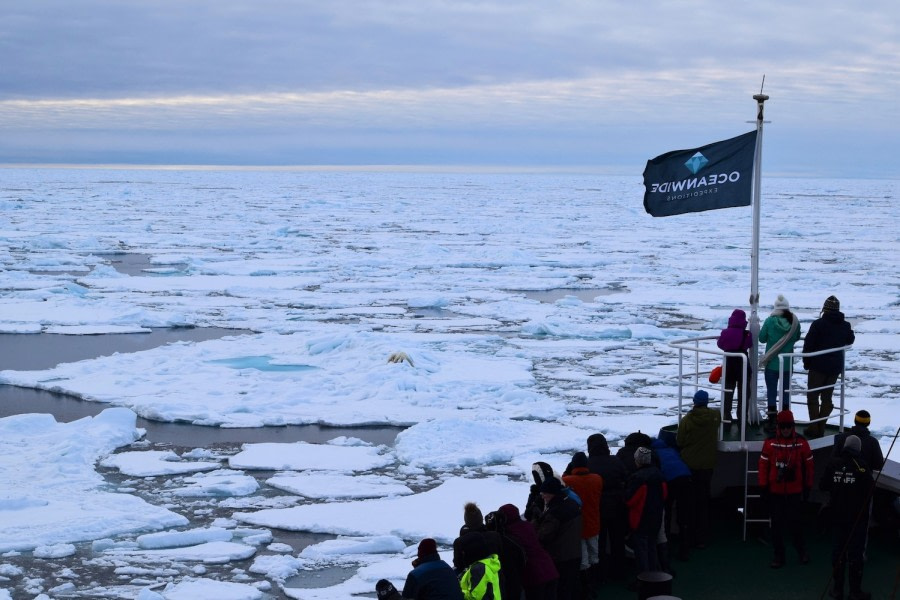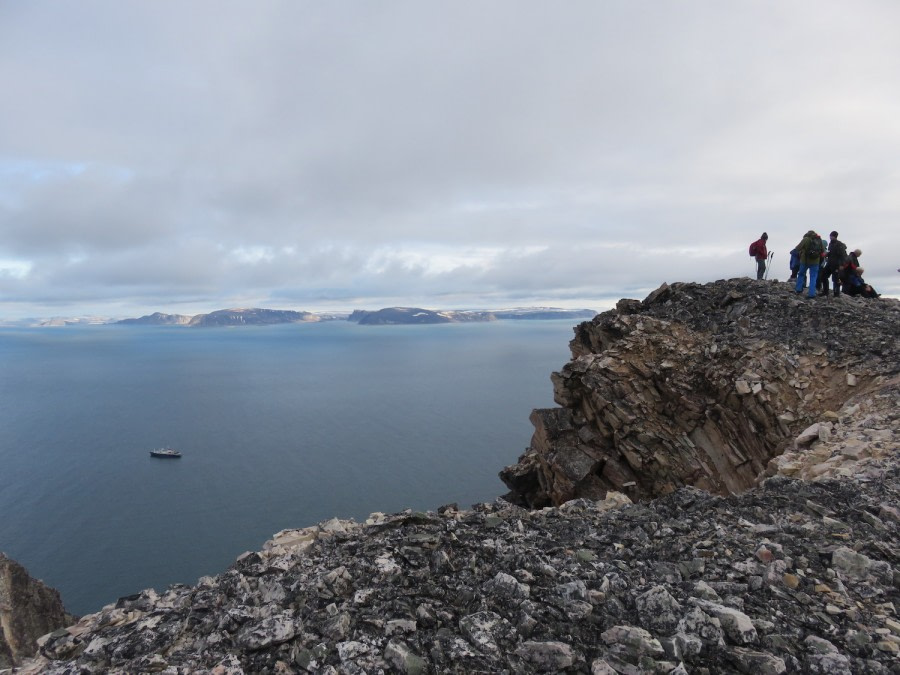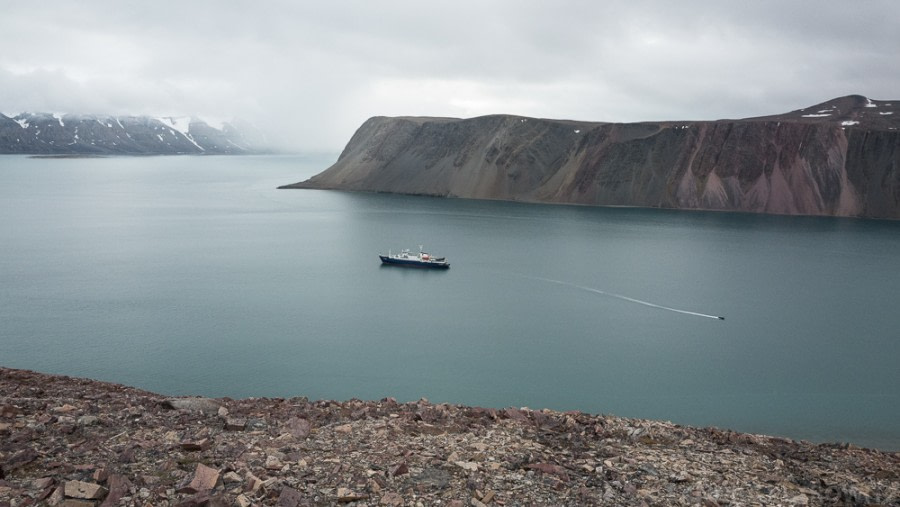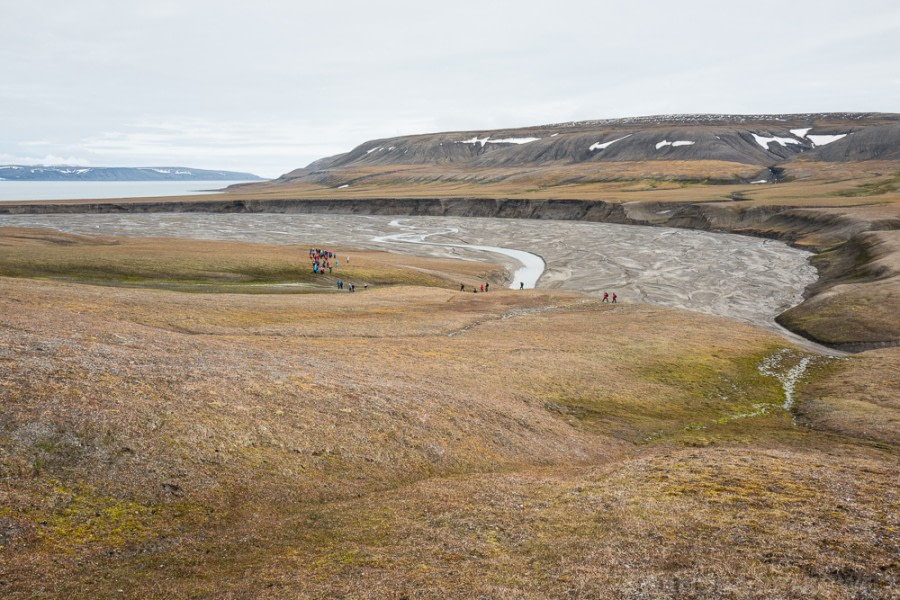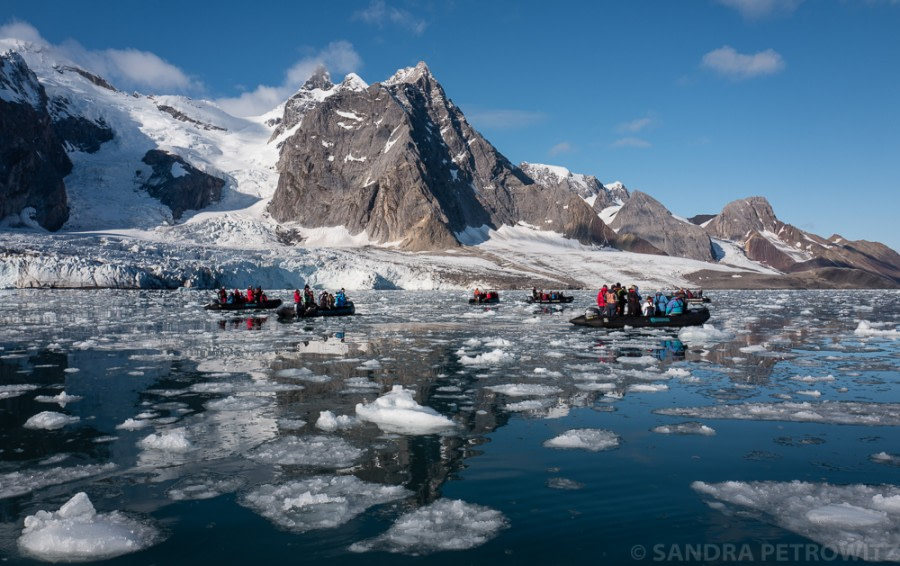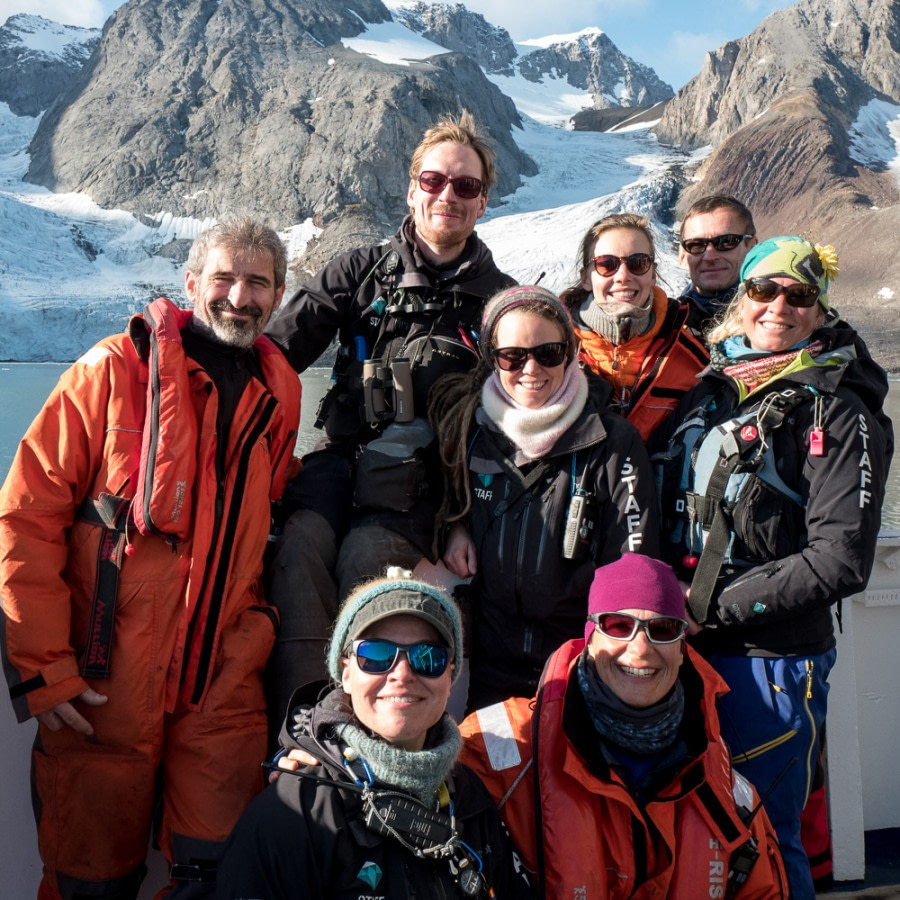| Date: | 20.08.2018 |
| Position: | 78° 14.0’ N / 015° 37.1’ E |
| Wind: | N 1 |
| Weather: | light overcast |
| Air Temperature: | +9 |
From the plane we got a first glimpse of Spitsbergen’s impressive terrain of mountains and delta systems. At first glance, this seemed like a wild and inhabitable place, but as we were about to learn it is home to a lot of life. For many of us, Longyearbyen was our first stop, visiting the museum and the church or maybe shopping some extra warm clothes before leaving civilisation. Ready for adventure and exploration we first got on board M/V Plancius via zodiac, this would be our first ride of many for the voyage. We arrived at the ship, our new home for the next nine days. We were greeted by our Expedition leader, Christian, and Hotel manager, Zsuzsanna, proficiently we were shown to our cabins with our luggage already waiting for us. We soon gathered in the observation lounge where we were briefed about safety on board. The briefing was held by the Third Officer who presented details of ship safety and how to prepare for the worst. A general-alarm drill (seven short blasts followed by one long blast) was made, and we all took the SOLAS orange life jackets and mustered in the lounge guided by crew and staff. After a roll call to assure everyone was present, we went out on deck to have a look at the lifeboats as Plancius was navigating out of Adventfjorden. Back in the lounge Zsuzsanna introduced us to the interiors of the ship, hotel operations and dining room where we would be served delicious food. Captain Alexey joined us in the end for a welcoming toast of sparkling wine or juice before we headed down to the dining room for our first scrumptious dinner prepared by Head Chef Ralf and his staff. Later that evening Christian invited us for another briefing, now about life on board and introduced the Expedition team ready to explore the wilderness with us. The evening was a delight of an elongated sunset over the northern arctic waters. Many of us were out on deck spotting the birdlife, Northern fulmars, kittiwake gulls and a few puffins were noted. The highlight however were two blue whales feeding out in the sound. The officers on the bridge navigated the ship respectfully around the whales. Giving us an opportunity to photograph, but more importantly simply view the whales. Observing and absorbing this amazing experience. A fantastic first introduction to what Svalbard has to offer.
